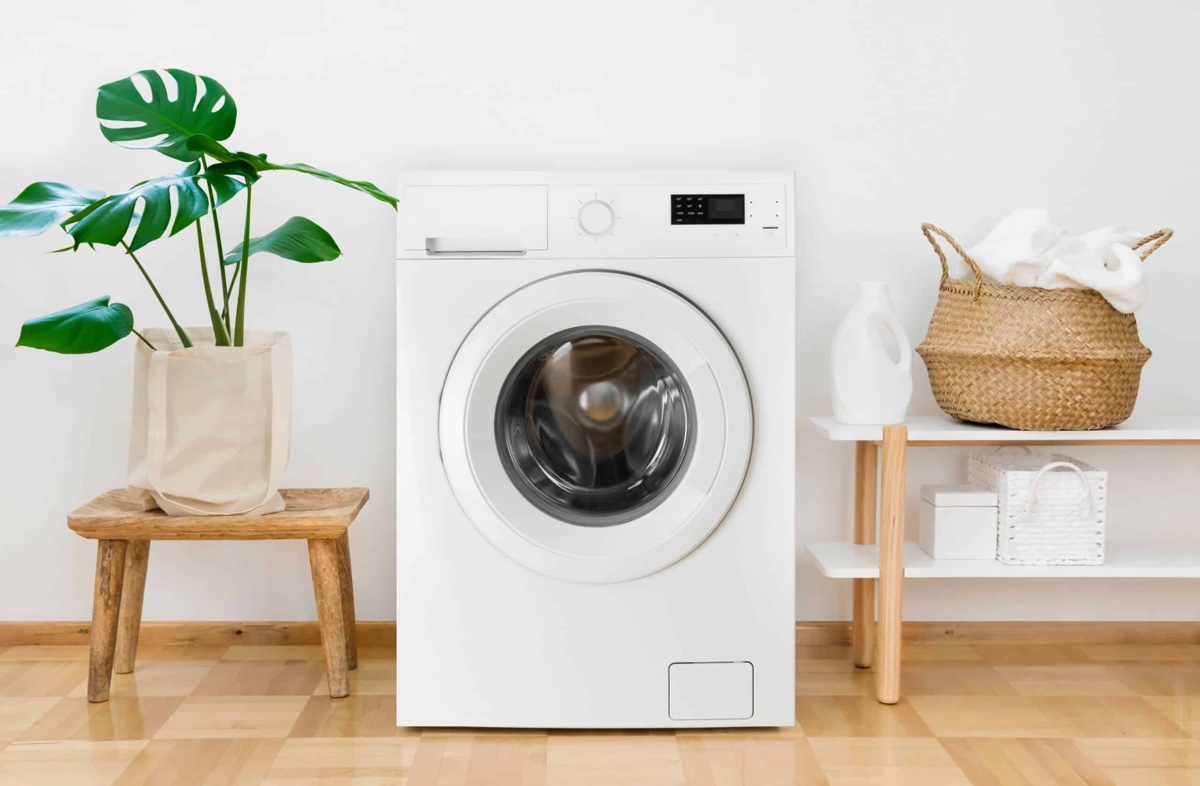

Articles
How Many Amps Does A Washer Use
Modified: August 28, 2024
Discover the answer to how many amps does a washer use in this informative article. Learn about the power consumption of washers and get useful tips.
(Many of the links in this article redirect to a specific reviewed product. Your purchase of these products through affiliate links helps to generate commission for Storables.com, at no extra cost. Learn more)
Introduction
When it comes to household appliances, understanding their power consumption is essential for maintaining a safe and efficient home. One such appliance that many homeowners rely on daily is the washer. Whether you’re doing a small load of laundry or tackling a week’s worth of clothes, it’s important to know how many amps your washer uses.
Amps, short for amperes, measure the flow of electric current passing through a circuit. By understanding the amp usage of your washer, you can ensure that it is compatible with your home’s electrical system and prevent any potential overloads or electrical issues.
In this article, we will explore the factors that affect washer amp usage, the average amp usage of different washer models, how to find the amp usage of your specific washer, and tips to reduce washer amp usage. So, let’s dive in and shed some light on this important aspect of your laundry routine.
Key Takeaways:
- Understanding your washer’s amp usage is crucial for safety and efficiency. Factors like size, water temperature, and energy efficiency impact amp usage. Consult the manual or use a power meter to find your washer’s specific amp rating.
- Energy-efficient washers and practical tips like using cold water and optimizing load size can reduce amp usage. Regular maintenance and utilizing energy-saving features also contribute to energy efficiency and cost savings.
Read more: How Many Amps Does Alexa Use
Understanding Amps
Before delving into the specifics of washer amp usage, it’s important to have a basic understanding of what amps are and how they relate to electricity. Amps, or amperes, measure the rate of electric current flowing through a circuit. In simple terms, it represents the amount of electricity being used by a device at any given moment.
Amps are an essential component of Ohm’s Law, which states that the current (in amps) flowing through a conductor is directly proportional to the voltage (in volts) and inversely proportional to the resistance (in ohms) of the circuit. Essentially, the more resistance in a circuit, the higher the voltage and current needed to overcome it.
When it comes to appliances like washers, the amp usage can vary depending on the specific model and features. The higher the amp usage, the more electrical power is being consumed. Understanding the amp rating of your washer is crucial to ensure compatibility with your home’s electrical system and prevent any potential overload situations.
Most washers in the market typically operate on a standard 120-volt outlet. However, some high-capacity or commercial-grade washers may require a 240-volt outlet, which allows for higher amp usage. It’s important to consult the owner’s manual or check the specifications of your washer to determine its specific amp requirements.
In addition to understanding amps, it’s also essential to consider the other electrical factors associated with washers, such as watts and volts. Watts represent the total power consumed by a device, while volts represent the electrical pressure or force driving the current. By understanding these concepts and their relationship to amp usage, you can make informed decisions regarding your washer’s electrical requirements.
Now that we have a basic understanding of amps and their connection to electricity, let’s explore the factors that can influence the amp usage of your washer.
Factors Affecting Washer Amp Usage
When it comes to determining the amp usage of your washer, there are several factors that can affect the overall consumption. Understanding these factors will not only help you estimate the amp usage of your washer but also provide insights into managing your electricity consumption more efficiently. Let’s explore the key factors:
1. Washer Size and Capacity
The size and capacity of your washer play a significant role in determining its amp usage. Generally, larger washers with higher capacities require more power to operate. This is because they are designed to handle larger loads and often feature more powerful motors and heating elements. As a result, they may have higher amp ratings compared to smaller or compact washers.
2. Water Temperature
The water temperature setting on your washer can also impact its amp usage. Heating water requires a significant amount of energy, which translates to higher amp consumption. If you frequently use hot water wash cycles, it’s important to consider the additional power required to heat the water. Opting for lower water temperature settings can help reduce the overall amp usage of your washer.
Read more: How Many Amps Does An HVAC Use
3. Wash Cycles and Features
Modern washers often come with a variety of wash cycles and features designed to enhance convenience and efficiency. However, these additional functions can also affect the amp usage of your washer. For example, advanced features like steam cleaning or extra rinse cycles may require more power to operate, resulting in higher amp consumption. Understanding the energy requirements of different wash cycles can help you optimize your washer’s performance while managing amp usage effectively.
4. Energy Efficiency Rating
Energy-efficient washers are designed to minimize power consumption while still delivering effective cleaning performance. Washers with higher energy efficiency ratings tend to have lower amp usage, which can translate to cost savings and reduced environmental impact. When shopping for a new washer, look for models with ENERGY STAR certification, as these are known for their energy efficiency.
5. Age and Condition of the Washer
The age and condition of your washer can also impact its amp usage. Older washers may be less energy-efficient compared to newer models, resulting in higher power consumption. Additionally, wear and tear or malfunctioning components can cause the washer to draw more amps than usual. Regular maintenance and timely repairs can help ensure optimal performance and minimize excessive amp usage.
By considering these factors, you can estimate the amp usage of your washer and make informed decisions to manage your energy consumption effectively. In the next section, we will explore the average amp usage of different washer models to give you a better understanding of what to expect.
Average Amps Used by Different Washer Models
When it comes to determining the average amp usage of different washer models, it is important to consider the variety of options available in the market. Washers can vary in size, capacity, energy efficiency, and features, all of which can influence their amp usage. While precise amp ratings may differ for each model, we can provide a general overview of the amp ranges you can expect for different types of washers.
Read more: How Many Amps Does A Cooktop Use
1. Top-Loading Washers
Top-loading washers are a common choice for many households due to their affordability and ease of use. On average, top-loading washers can have an amp usage ranging from 6 to 12 amps. However, it’s worth noting that larger capacity top-loading models or those with additional features may have slightly higher amp ratings.
2. Front-Loading Washers
Front-loading washers are known for their energy efficiency and water-saving capabilities. These washers typically have a higher initial cost but can provide long-term energy savings. The average amp usage for front-loading washers ranges from 4 to 8 amps. Again, larger capacity models or those with advanced features may have slightly higher amp ratings.
3. Compact or Portable Washers
Compact or portable washers are a convenient option for smaller living spaces or for those who require a portable laundry solution. These washers usually have a smaller capacity and are designed to be energy-efficient. The average amp usage for compact or portable washers ranges from 2 to 6 amps, making them an excellent choice for conserving energy.
4. High-Capacity or Commercial-Grade Washers
High-capacity or commercial-grade washers are designed for larger loads and heavy-duty usage. These washers often have more powerful motors and robust construction, which can result in higher amp usage. Depending on the size and specific features, high-capacity or commercial-grade washers can have an amp usage ranging from 10 to 15 amps or even higher.
It’s important to remember that these are general ranges and individual models may vary. Consulting the owner’s manual or checking the specifications of your specific washer will provide you with the most accurate information regarding its amp usage. Additionally, keep in mind that these figures represent the average amp usage during the operation of the washer. Standby or idle power consumption may be lower.
Now that we have an idea of the amp ranges for different washer models, let’s explore how you can find the amp usage of your specific washer.
Read more: How Many Amps Does A Freezer Use
How to Find the Amp Usage of Your Washer
To find the amp usage of your specific washer, there are a few different methods you can utilize. Here are some steps to help you determine the amp rating:
1. Check the Owner’s Manual
The first and easiest way to find the amp usage of your washer is to consult the owner’s manual. The manual typically contains detailed information about the washer’s specifications, including the amp rating. Look for a section that provides electrical requirements or power consumption details. Here, you should be able to find the specific amp rating of your washer.
2. Look for the Specifications Label
If you don’t have the owner’s manual or can’t locate the information within it, another option is to check for a specifications label on the washer itself. The label is usually located on the back or side of the machine. It provides important details about the appliance, including the amp rating. Take a close look at the label and search for the amp rating or the power consumption in amps.
3. Contact the Manufacturer
If you’re unable to find the amp rating through the owner’s manual or specifications label, you can reach out to the manufacturer directly. Most manufacturers have customer support teams that can provide you with detailed information about your specific washer model. Contact their customer service hotline or send an email with your washer’s model number, and they should be able to assist you in finding the amp rating.
Read more: How Many Amps Does A Microwave Oven Use
4. Use a Power Meter
If all else fails, you can use a power meter to measure the amp usage of your washer. A power meter is a device that can be connected between the washer and the power outlet to measure the electrical parameters accurately. Follow the manufacturer’s instructions for the power meter and connect it accordingly. Run a normal wash cycle on your washer while the power meter is connected, and it will display the amp usage in real-time.
Remember, it’s important to practice electrical safety when using a power meter or working with any electrical appliances. If you’re unsure about the process or have concerns, it’s advisable to consult a qualified electrician.
By utilizing these methods, you can accurately determine the amp usage of your washer, providing you with valuable information for managing your electrical system and optimizing your appliance’s performance.
Next, let’s explore the relationship between energy efficiency and washer amp usage.
Energy Efficiency and Amp Usage
Energy efficiency is a critical consideration when it comes to washer amp usage. Energy-efficient washers are designed to minimize power consumption while still delivering effective cleaning performance. By understanding the relationship between energy efficiency and amp usage, you can make informed decisions to reduce your energy consumption and lower your electricity bills.
Energy-efficient washers utilize advanced technologies and design features to optimize their performance and reduce power consumption. These features can include:
- Improved insulation to retain heat and reduce energy loss
- Variable speed motors that adjust power usage based on the load
- Efficient water heating systems
- Sensors and algorithms to optimize water usage
By incorporating these features, energy-efficient washers can operate at lower amp ratings while still delivering effective cleaning results. This not only reduces the strain on your home’s electrical system but also contributes to environmental sustainability by conserving energy.
When shopping for a new washer, look for models with ENERGY STAR certification. ENERGY STAR is a program developed by the U.S. Environmental Protection Agency that signifies high energy efficiency standards. ENERGY STAR-certified washers are designed to meet strict energy performance criteria, which includes reducing both water and energy consumption. These washers typically operate at lower amp ratings compared to non-certified models, resulting in energy and cost savings over time.
It’s worth noting that energy efficiency and amp usage are not the only factors to consider when purchasing a washer. Other aspects, such as capacity, features, and durability, also play a crucial role. It’s important to find a balance between energy efficiency and meeting your specific laundry needs.
In addition to choosing an energy-efficient washer, there are other ways to reduce amp usage and improve overall energy efficiency:
- Opt for lower temperature wash cycles whenever possible to reduce the energy required for heating water.
- Run full loads whenever feasible. Using your washer at maximum capacity reduces the number of cycles needed, resulting in lower amp usage overall.
- Consider using energy-saving modes or features on your washer, if available. These modes typically adjust water temperature, cycle duration, and agitation level to minimize power consumption.
- Regularly maintain your washer by cleaning the filter, checking hoses for leaks, and ensuring proper load distribution. A well-maintained washer operates more efficiently and uses less power.
By being mindful of energy efficiency and implementing these tips, you can reduce your washer’s amp usage, lower your electricity bills, and contribute to a greener and more sustainable environment.
In the next section, let’s explore some practical tips to help you further reduce washer amp usage.
Tips to Reduce Washer Amp Usage
If you’re looking to reduce the amp usage of your washer and save on energy costs, there are several practical tips you can follow. By implementing these tips, you can maximize efficiency and minimize power consumption without compromising on clean and fresh laundry. Let’s explore some effective ways to reduce washer amp usage:
1. Use Cold Water Whenever Possible
Heating water accounts for a significant portion of a washer’s energy usage. By opting for cold water wash cycles, you eliminate the need for the washer to heat the water, resulting in reduced amp usage. Most modern detergents are formulated to effectively clean clothes in cold water, making this an easy and efficient way to save energy.
Read more: How Many Amps Does A Space Heater Use?
2. Optimize Load Size
Running full loads in your washer maximizes its efficiency and reduces the number of cycles needed. However, avoid overloading the machine as it can impact cleaning performance. Finding the right balance between a full load and maintaining proper agitation is key to optimizing washer amp usage.
3. Use High Spin Speeds
Using higher spin speeds during the wash cycle helps remove excess water from the clothes. This reduces drying time and energy consumption in your dryer. By reducing the time your clothes spend in the dryer, you effectively reduce the overall energy usage for laundry.
4. Clean the Lint Filter Regularly
A clogged lint filter restricts airflow and makes your dryer work harder, using more energy. Clean the lint filter before every dryer cycle to ensure efficient airflow and minimize power consumption.
5. Air Dry When Possible
Take advantage of natural ventilation and sunlight by air drying your clothes outdoors or using indoor drying racks. Air drying eliminates the need for the washer or dryer altogether, significantly reducing amp usage and energy costs.
Read more: How Many Amps Does A Range Hood Use
6. Energy-Saving Features
If your washer has energy-saving features, such as eco modes or delay start options, consider utilizing them. These features adjust water temperature, cycle time, or other settings to minimize power consumption without compromising cleaning performance.
7. Regular Maintenance
Performing regular maintenance tasks on your washer, such as cleaning the drum, checking seals, and ensuring proper load distribution, helps optimize its efficiency. A well-maintained washer operates smoothly and uses less power, reducing amp usage in the process.
By incorporating these tips into your laundry routine, you can significantly reduce your washer’s amp usage and contribute to energy savings. Not only will you enjoy lower energy bills, but you’ll also be doing your part in promoting a more sustainable lifestyle.
Now that we’ve explored multiple ways to reduce amp usage, let’s summarize the key points.
Conclusion
Understanding the amp usage of your washer is crucial for maintaining a safe, efficient, and cost-effective laundry routine. By considering factors such as washer size, water temperature, wash cycles, and energy efficiency, you can estimate the amp usage and make informed decisions when selecting a washer model.
Consulting the owner’s manual, checking the specifications label, contacting the manufacturer, or using a power meter are effective ways to determine the specific amp rating of your washer. Once you have this information, you can take steps to reduce amp usage and optimize energy efficiency.
Energy efficiency plays a significant role in minimizing amp usage. Opting for energy-efficient washers with advanced features and certifications, such as ENERGY STAR, can help reduce both energy consumption and environmental impact.
Implementing practical tips like using cold water, optimizing load size, utilizing high spin speeds, and air drying whenever possible can further contribute to reducing amp usage. Regular maintenance, cleaning lint filters, and utilizing the energy-saving features of your washer can also help optimize efficiency and save on energy costs.
By being conscious of your washer’s amp usage, you not only save money but also contribute to a more sustainable lifestyle by conserving energy and reducing your carbon footprint.
In conclusion, investing time and effort into understanding and managing the amp usage of your washer pays off in terms of cost savings, energy efficiency, and environmental stewardship. With this knowledge, you can enjoy a clean, fresh laundry experience while minimizing your impact on the planet.
Frequently Asked Questions about How Many Amps Does A Washer Use
Was this page helpful?
At Storables.com, we guarantee accurate and reliable information. Our content, validated by Expert Board Contributors, is crafted following stringent Editorial Policies. We're committed to providing you with well-researched, expert-backed insights for all your informational needs.

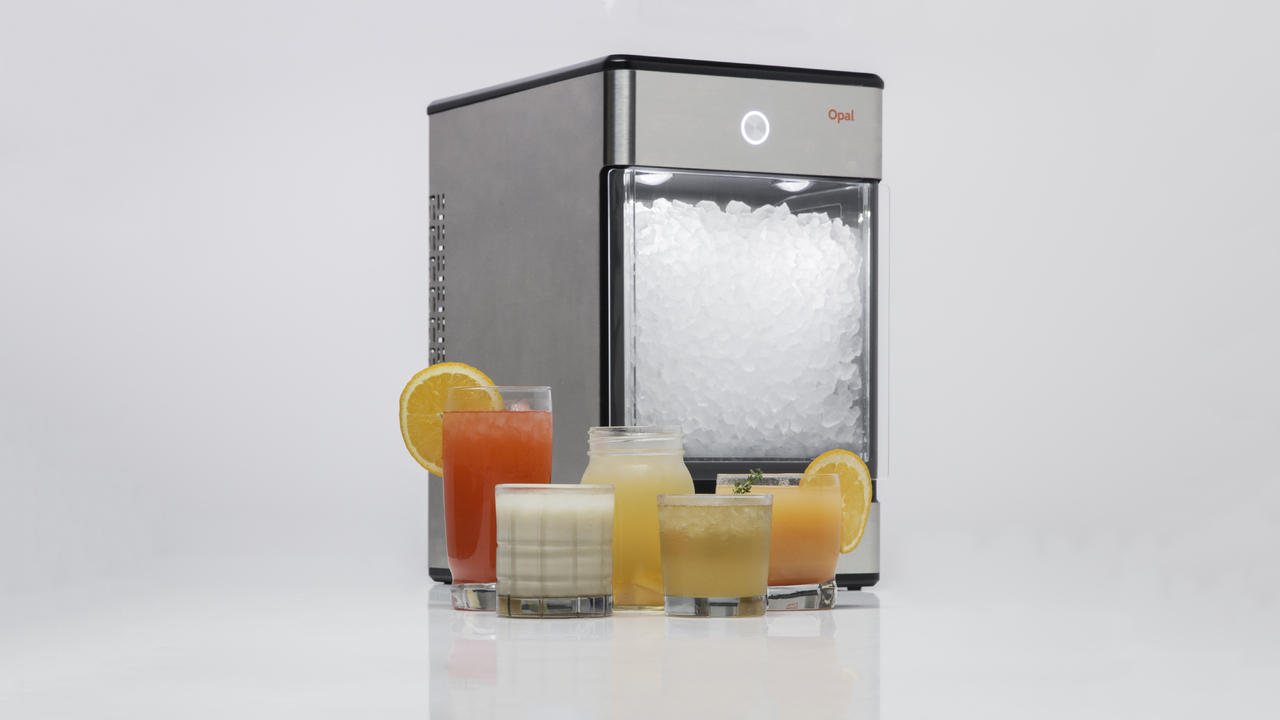
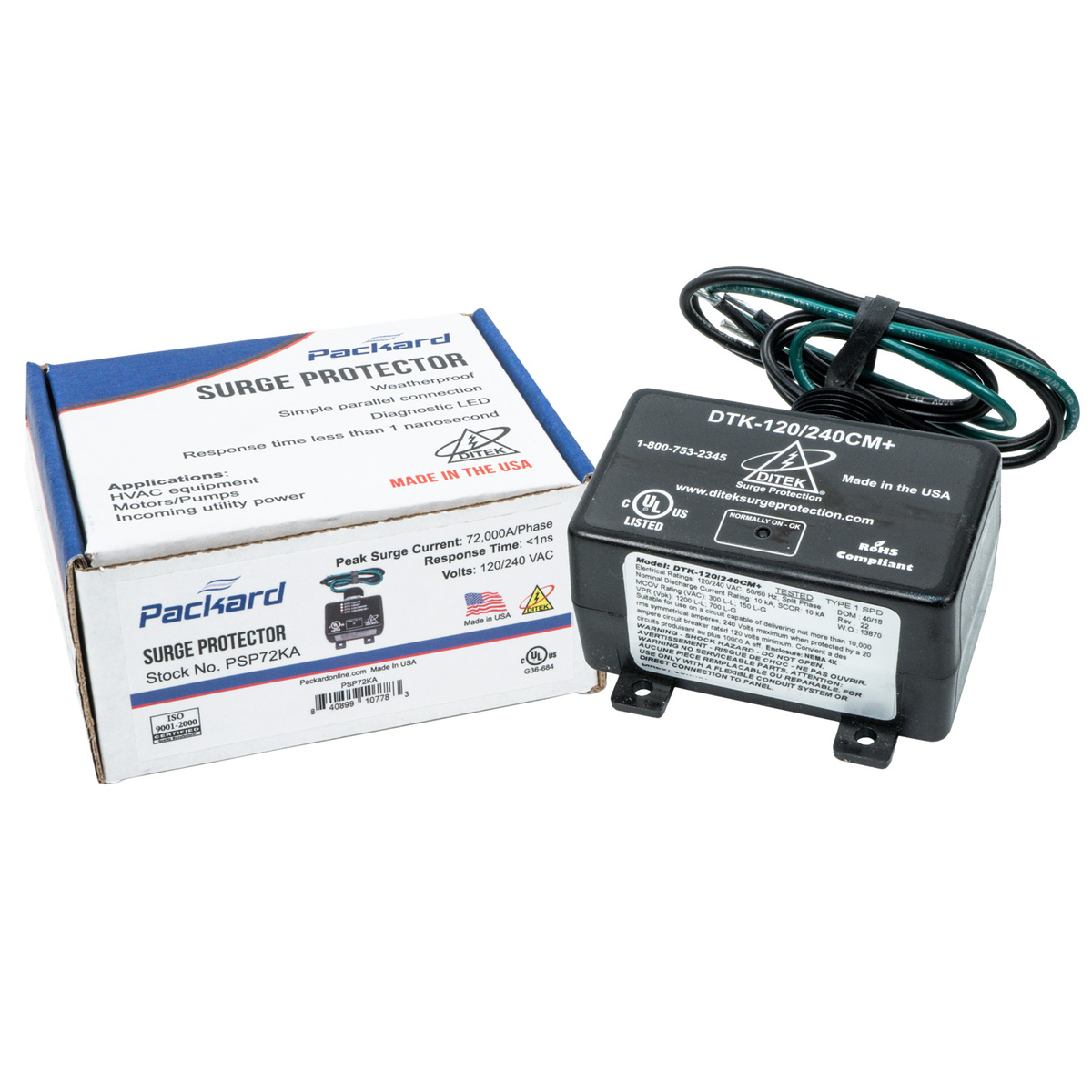
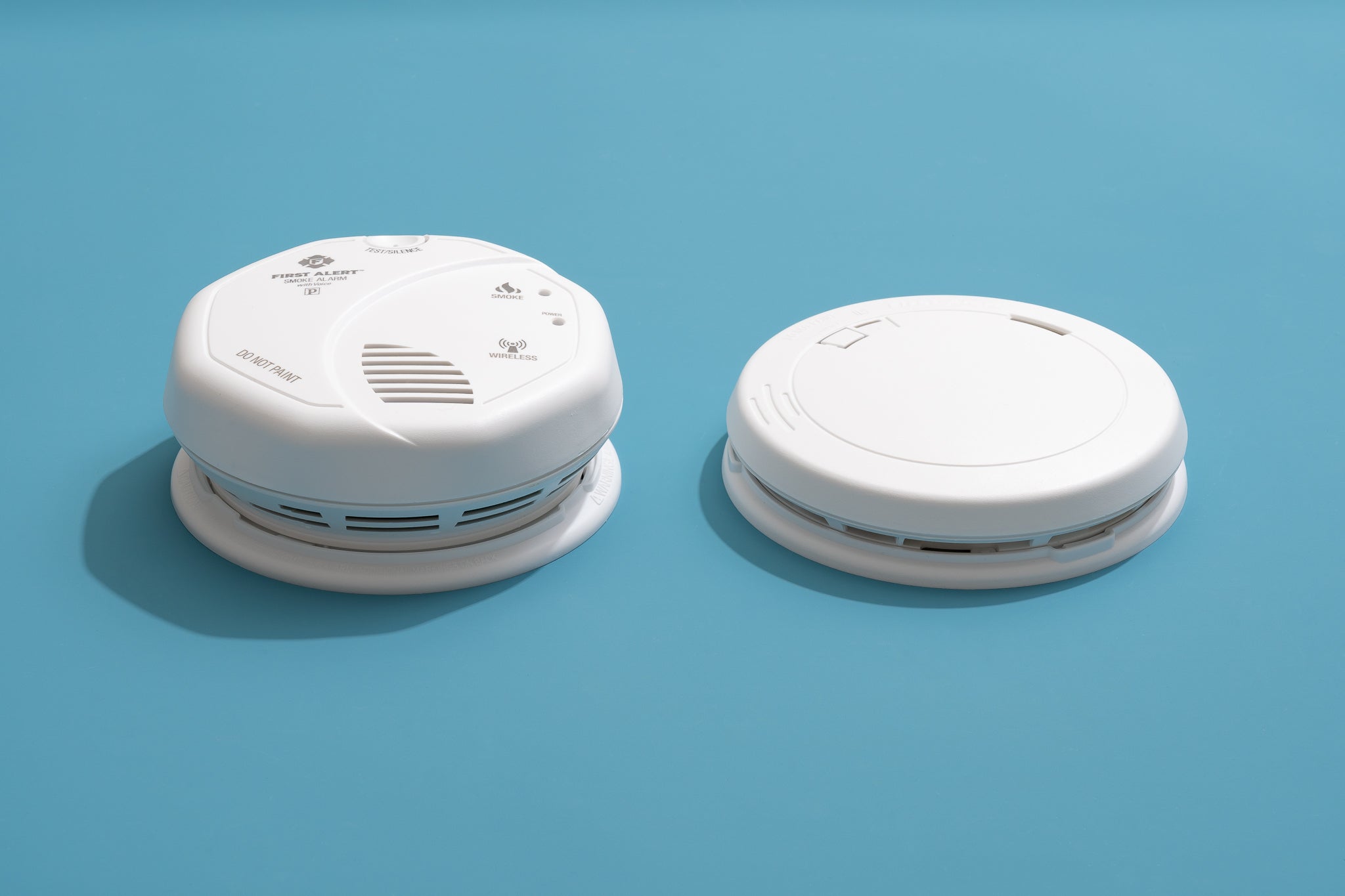
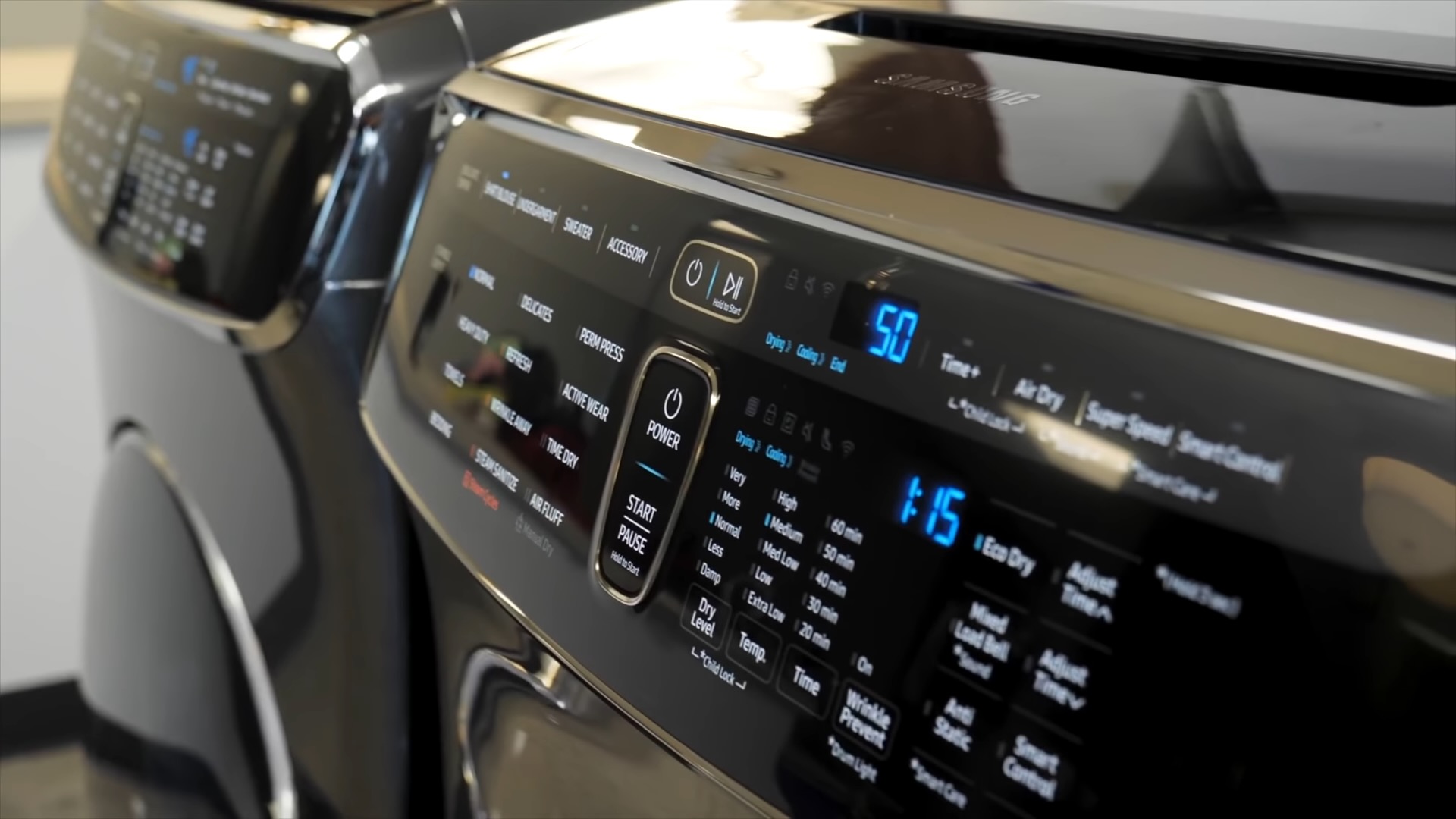
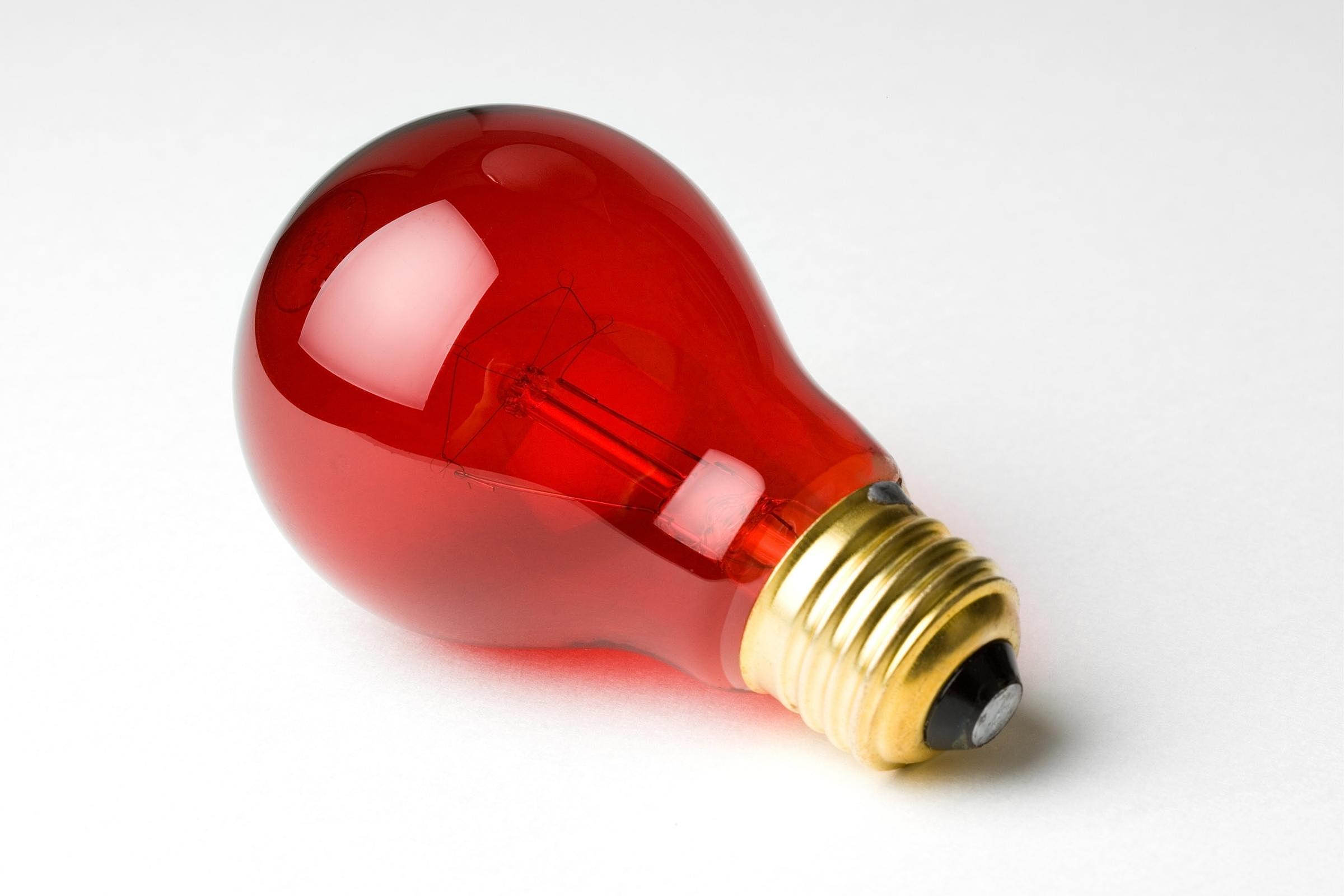
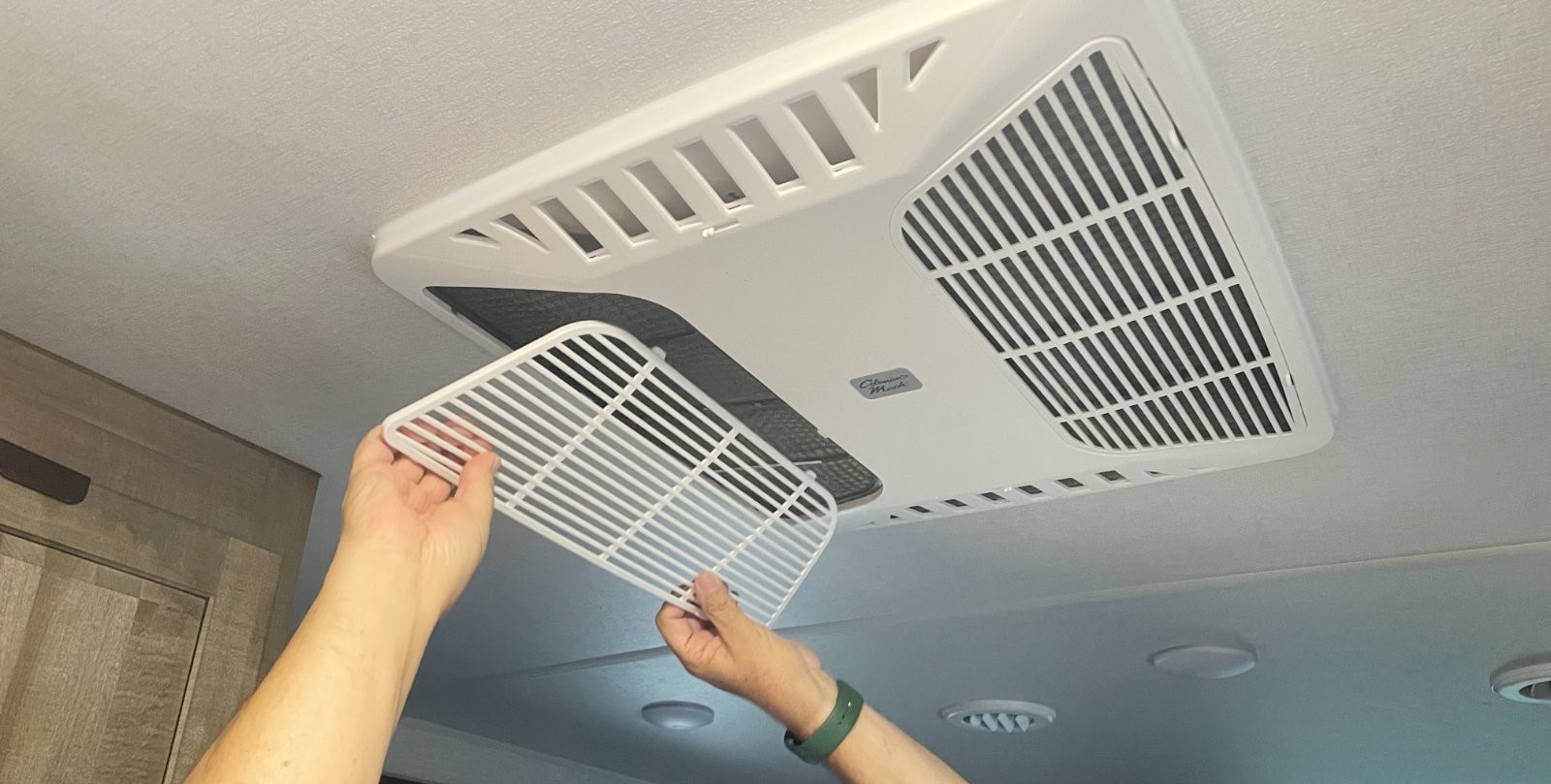

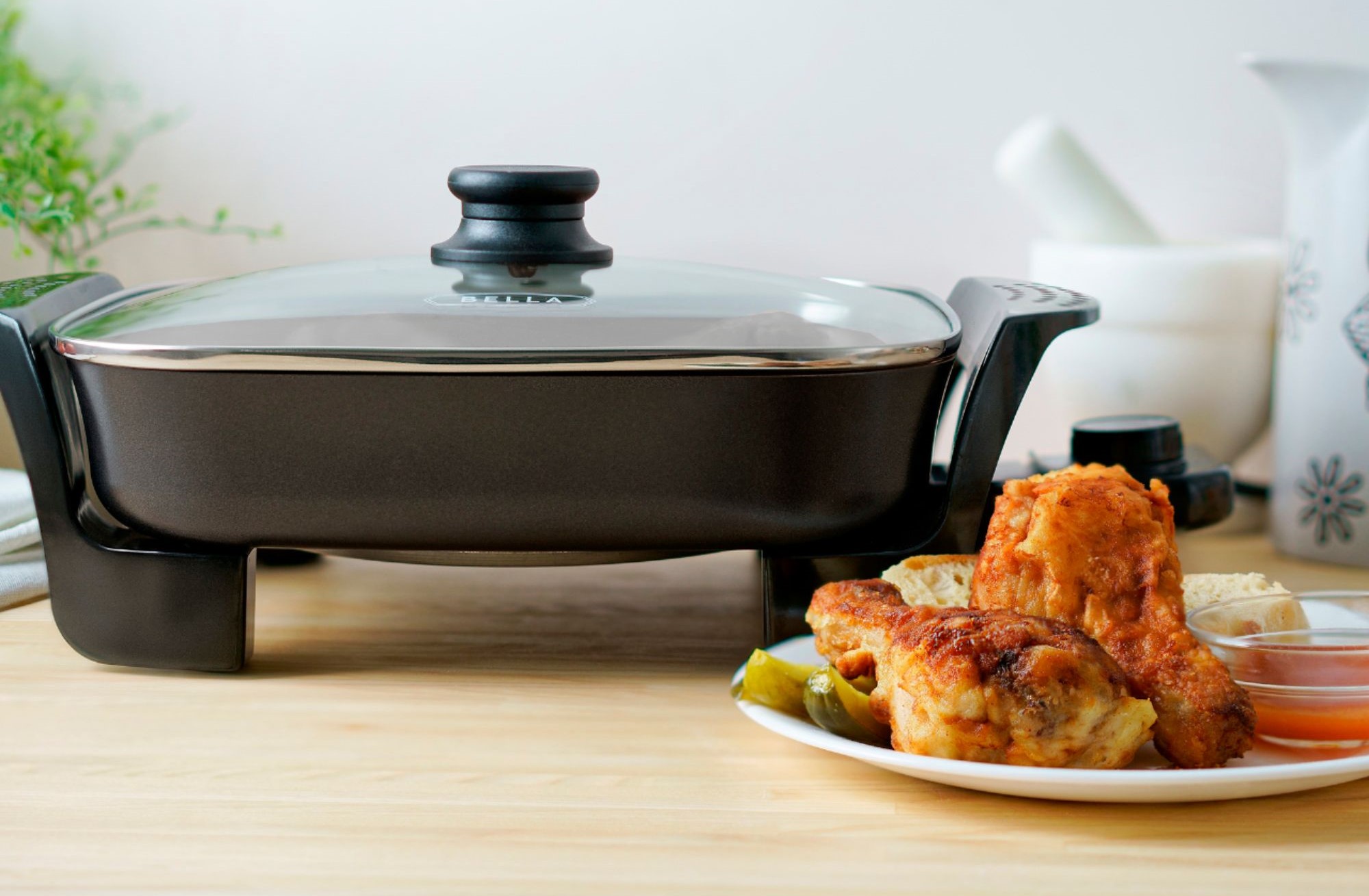

0 thoughts on “How Many Amps Does A Washer Use”